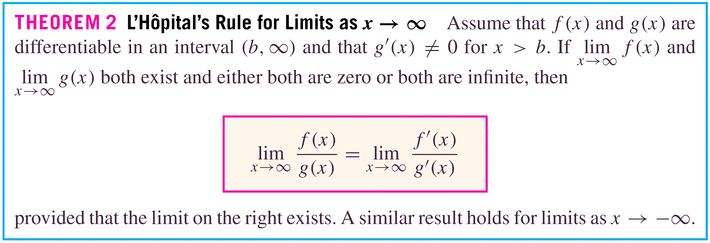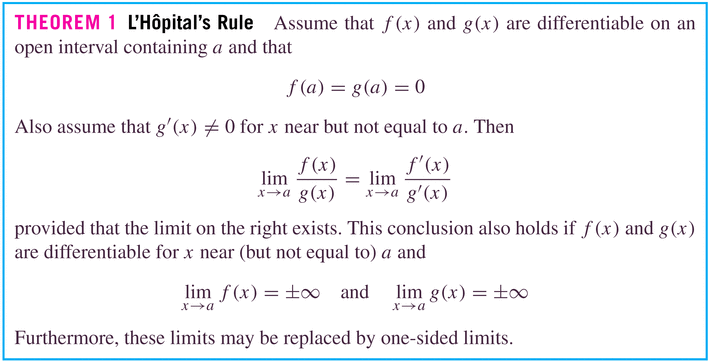- You have a homework assignment due Today (7.3).
- You have a homework assignment due Monday (7.4 -- applications).
- Homework Section 7.2 returned: Graded #3, 6, 28
- For 3, show a graph! Close your interval....
- For 6: no need to do this twice -- f(x)=g(x) -- this function is self-invertible! (Can you think of a cryptographic function that is self-invertible?)
- You'll need to use the theorem (since they asked you to), and you'll need to solve for
.
- How did you like the Sehnert lecture?
- Navah made an interesting comment: the functions for incryption should be easy to apply, but difficult to invert. I don't think that she meant that -- what she meant was this: it's difficult to find the inverse (but not to use it).
- Today's lab includes examples of using logs to model some interesting phenomena.
- Included is this
- To do the limit in the lab, we need to use a result which you may recall
from your earlier calculus days:
The limit of a composition of continuous functions is the composition of the limits.
How does that play out in this case?
- In financial mathematics (e.g. compound interest problems, subject
of section 7.5, which we're not covering!), we tend to use an unusual
base for an exponential:
- You may have encountered a few laws such as The rule of 72 (70, 71,
69.3,...) to calculate doubling time: forget them! Just do the
math: the question is
For what value of t is ?
Solving t is
for t, we get
where n is the number of compoundings per year, and r is given as a decimal (e.g. 9% is represented by .09). This is the doubling time.
When compounding is continuous (i.e.
), this reduces to the very lovely rule
- Now, how do we know that
?
?
The answer, of course, is L'Hopital's Rule, which is useful in solving certain indeterminate limits:

Let's rewrite it a little: we want to show that
- Here's the general situation:

- And if the limit of the quotient of the derivatives is
indeterminate, then iterate -- that is, do it again! Then work with the
ratio of the second (or higher) derivatives.
- Examples:
- Demonstration that
where
)
- #2, p. 390
- #6, p. 390
- #20, p. 390
- #42, p. 390
- A better proof of the fact that

(take logs! Better than induction....)
- Proof of L'Hopital's Rule (requires the limit definition of the derivative)
- Demonstration that